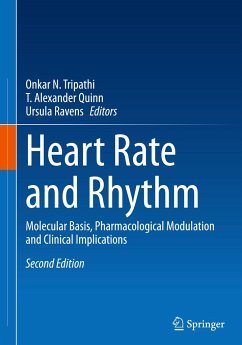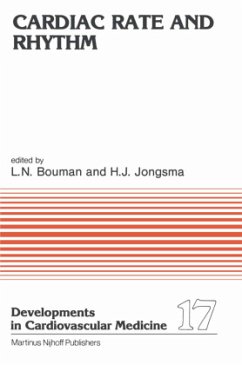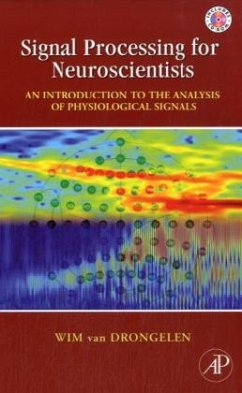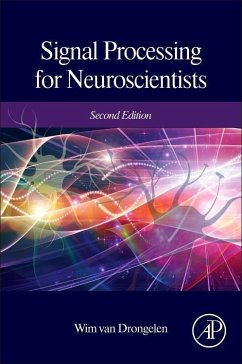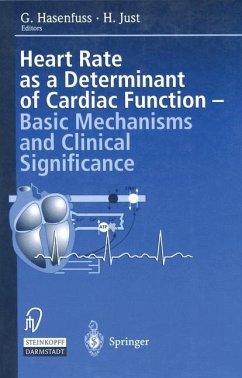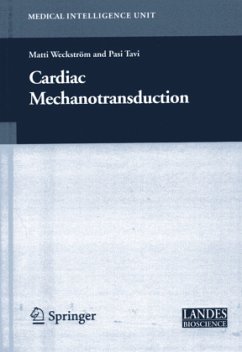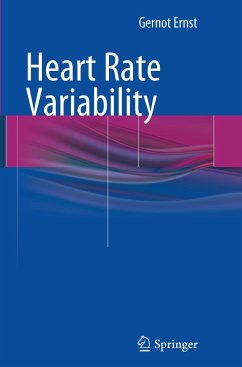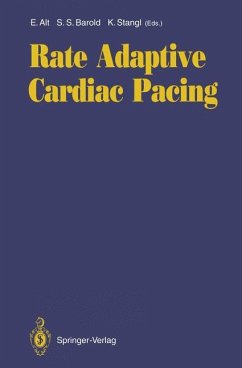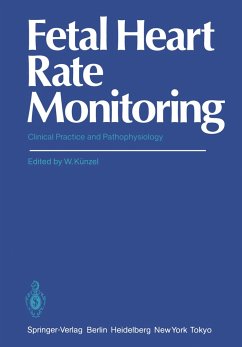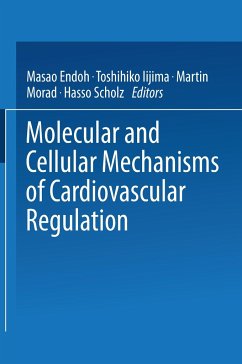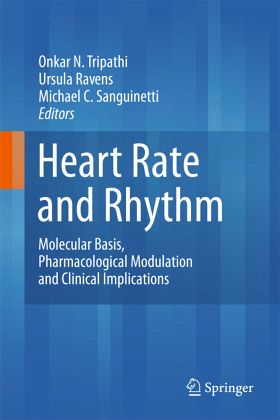
Heart Rate and Rhythm
Molecular Basis, Pharmacological Modulation and Clinical Implications
Herausgegeben: Tripathi, Onkar N.; Ravens, Ursula; Sanguinetti, Michael C.

PAYBACK Punkte
76 °P sammeln!
Pathological heart rhythms are a major health issue. In this book experts from various fields provide an important context for understanding the complicated molecular and cellular mechanisms that underlie normal and pathophysiological cardiac rhythms.Individual chapters cover a full range of topics, including the ionic basis of pacemaking, the role of specific channels and transporters in sinoatrial node pacemaking, altered intracellular Ca2+ handling in response to disease, computer modeling of the action potentials of pacemaker and working cardiomyocytes, genetic and molecular basis of inher...
Pathological heart rhythms are a major health issue. In this book experts from various fields provide an important context for understanding the complicated molecular and cellular mechanisms that underlie normal and pathophysiological cardiac rhythms.
Individual chapters cover a full range of topics, including the ionic basis of pacemaking, the role of specific channels and transporters in sinoatrial node pacemaking, altered intracellular Ca2+ handling in response to disease, computer modeling of the action potentials of pacemaker and working cardiomyocytes, genetic and molecular basis of inherited arrhythmias and a review of established and novel antiarrhythmic agents. Due to the key importance of the specialized pacemaker cells and tissue (sinoatrial and atrioventricular nodes) in maintaining heart rate and rhythm, special emphasis is placed on the peculiar electrophysiology of these cells.
Individual chapters cover a full range of topics, including the ionic basis of pacemaking, the role of specific channels and transporters in sinoatrial node pacemaking, altered intracellular Ca2+ handling in response to disease, computer modeling of the action potentials of pacemaker and working cardiomyocytes, genetic and molecular basis of inherited arrhythmias and a review of established and novel antiarrhythmic agents. Due to the key importance of the specialized pacemaker cells and tissue (sinoatrial and atrioventricular nodes) in maintaining heart rate and rhythm, special emphasis is placed on the peculiar electrophysiology of these cells.





